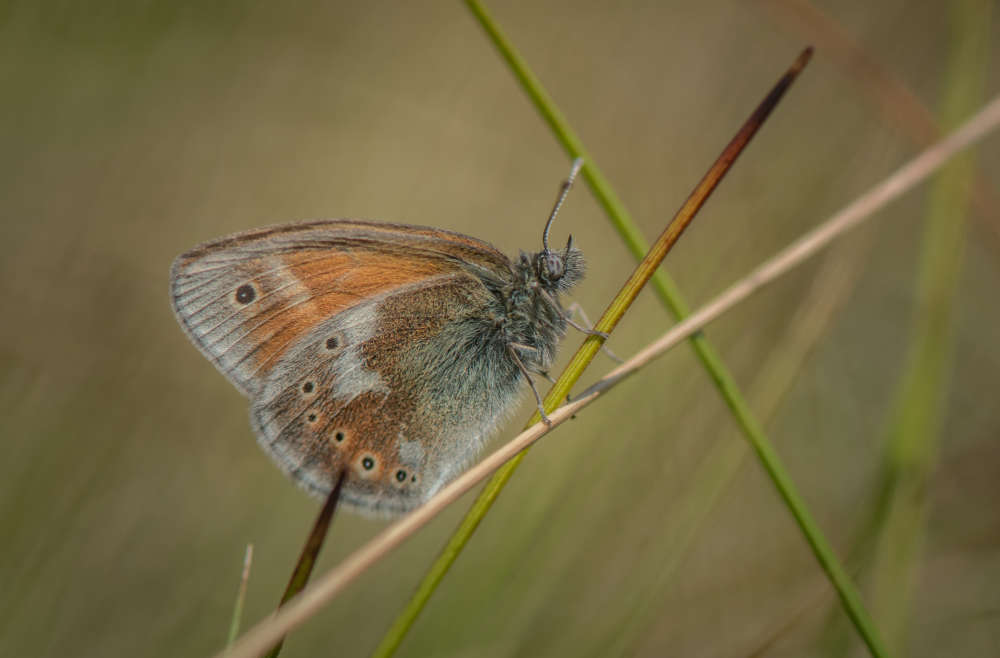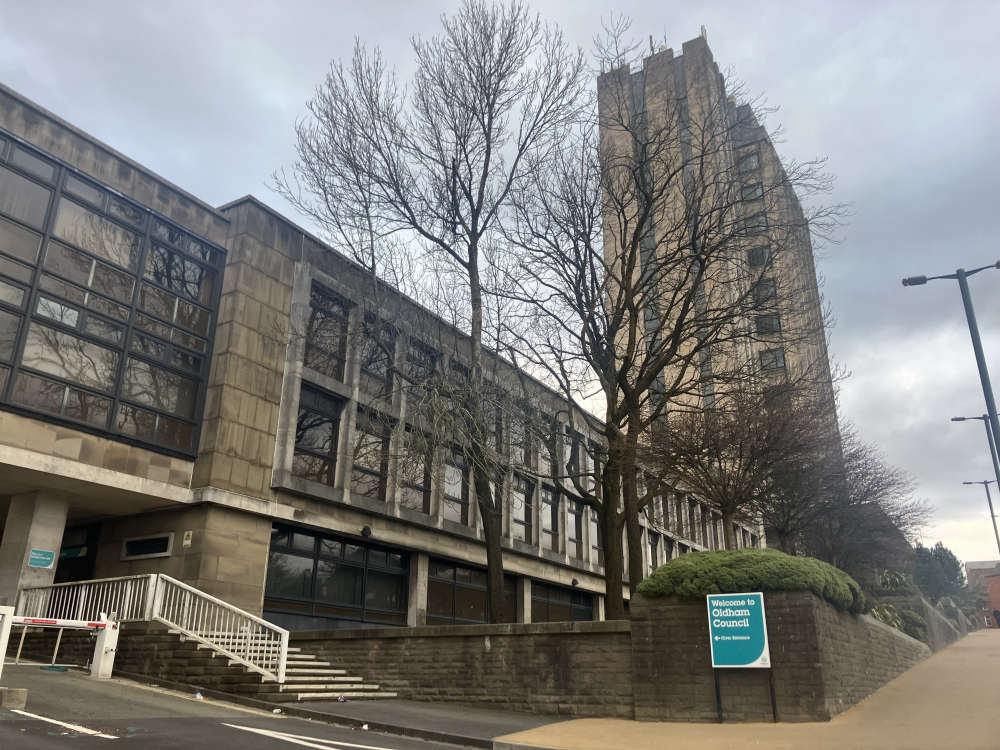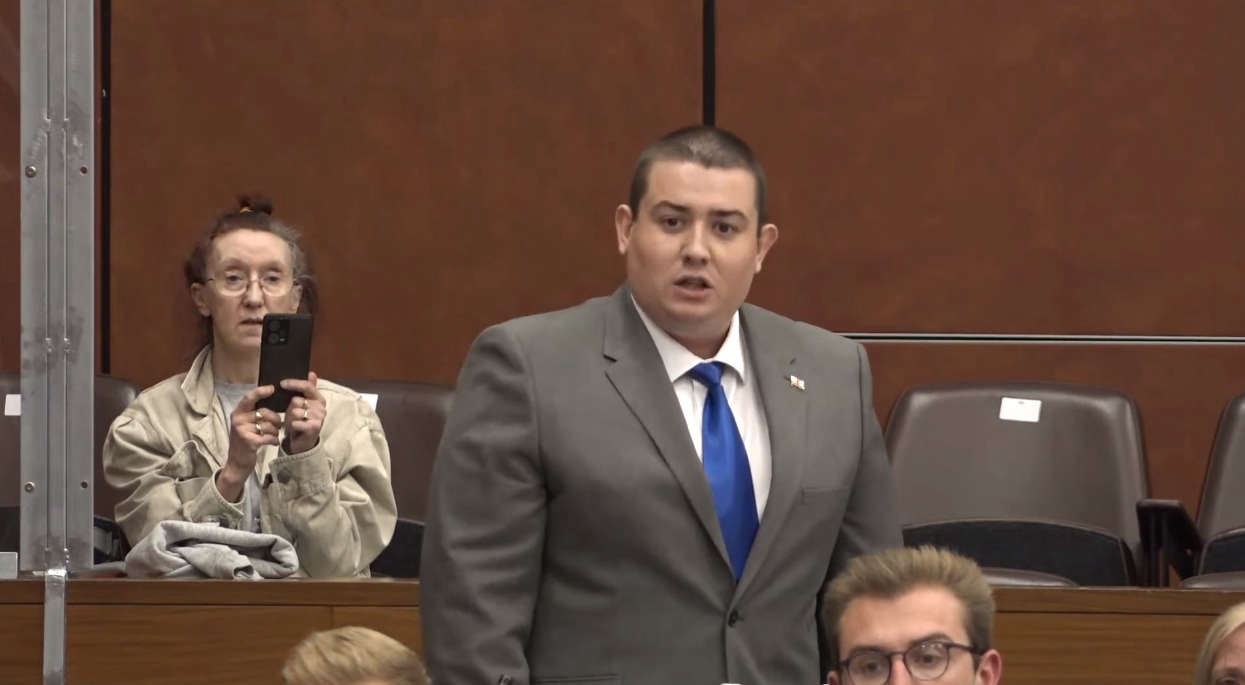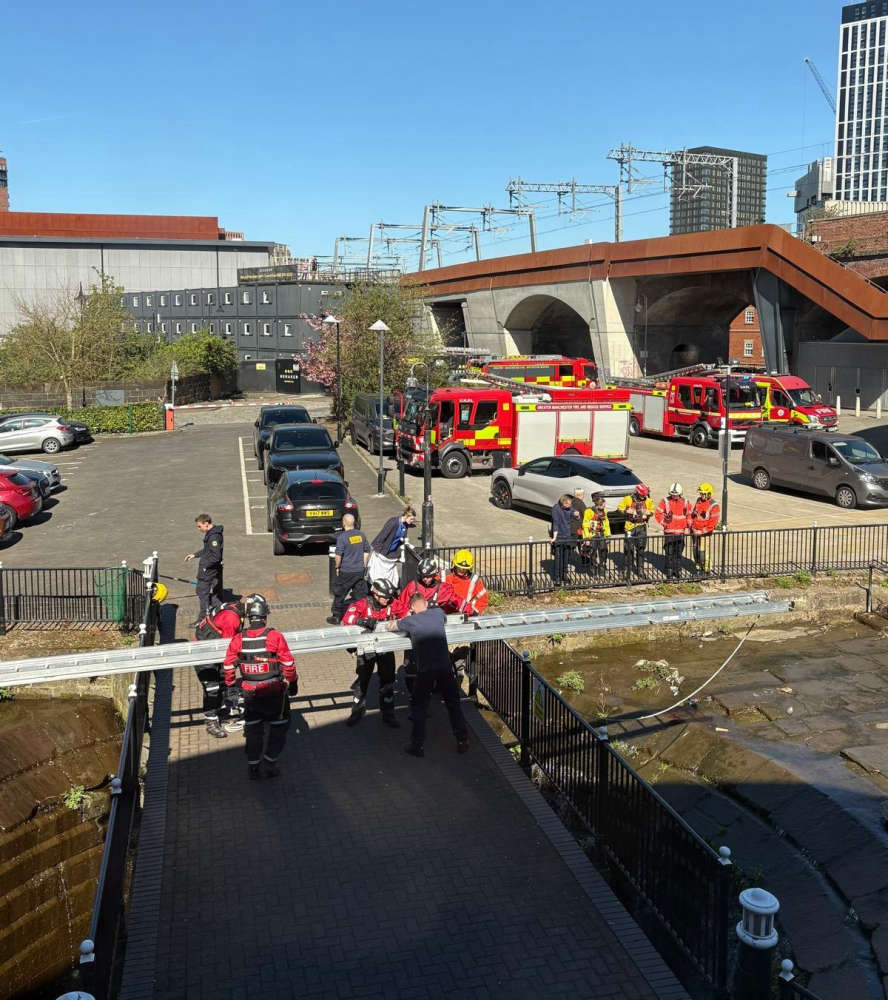
Three years ago there were no Manchester argus butterflies in Manchester. Now, not only are they back, but they’re flourishing.
150 years ago, if you visited the lowland peatlands of Greater Manchester, the large heath butterfly would have been everywhere – so much so that it was locally named the Manchester argus. But the arrival of the Manchester to Liverpool railway in the 19th century saw the large-scale drainage of its peatland home. With its habitat destroyed, the Manchester argus died out.
That was until the summer of 2020, when a joint project between The Wildlife Trust for Lancashire, Manchester and North Merseyside, Chester Zoo, Natural England, Manchester Metropolitan University, and other organisations in the Great Manchester Wetlands Partnership brought it back!
Since then, there has been a further reintroduction in 2022, and another release of butterflies this summer will see the now native population firmly established. Current surveys are recording over 90 flights by the butterflies, who are now spreading out to inhabit more and more of their restored peatland home. They have also been observed flying in small clouds of three to four butterflies: a new behaviour to the population. At this point, nature will be allowed to take its course and the population grow naturally, with further reintroductions only required if deemed necessary.
Jo Kennedy, Great Manchester Wetlands Partnership Co-ordinator, said: “More than 98 per cent of lowland peatlands in our region have been lost, creating a huge hole in our biodiversity. So, we are so excited to be able to bring the Manchester argus back to Manchester. It’s been a real team effort, but with three releases of butterflies now achieved the population is breeding strongly and we are really optimistic about its future.”
To reintroduce a lost species is no easy task. Many years of restoration work was initially required at the butterflies’ new home, undertaken by The Wildlife Trust for Lancashire, Manchester and North Merseyside. Re-wetting the drained peat was the first step, followed by establishing the vegetation that the butterflies need to survive, namely hare’s-tail cotton grass, the food plant and winter home of the caterpillars, and cross-leaved heath, an early blooming type of heather that is the main nectar source of the adult butterflies.
Once their new home was ready, it was time to find some butterflies. Thankfully, an existing population hung on at Winmarleigh Moss near Garstang in Lancashire. Under licence, just six pregnant butterflies were collected, before heading off to Chester Zoo where the keepers cared for the butterflies whilst they laid their eggs right through to the following year when the caterpillars pupated and could be taken to their new home for release.
Helen Bradshaw, Chester Zoo’s UK Regional Field Programme Manager, commented:
“A reintroduction project like this, right on our doorstep, is a key part of our mission in preventing extinction worldwide. Using our specialist conservation breeding skills, we’ve helped Lancashire Wildlife Trust to create a thriving mossland, and we’re thrilled to see the remarkable resurgence of these rare butterflies in their native habitat after years of hard work and dedication. When reintroductions are done right like this — having strong partnerships, working and following IUCN’s best-practice guidelines, and conducting appropriate follow-up monitoring — they can be hugely successful. We’re proud to see large heath butterflies now thriving on these nationally rare habitats, and this achievement demonstrates the impact we can make when we come together to address the biodiversity decline in the UK"
Monitoring of the butterfly population and the peatland habitat will continue to ensure the continued health and growth of the population. The future could even see the Manchester argus returning to other areas of the once extensive Greater Manchester peatlands, along with other lost species such as the bog bush cricket, white faced darter dragonfly and an array of plant species.


 Detective Sergeant Dismissed and Banned from Policing following Sexual Assault Conviction
Detective Sergeant Dismissed and Banned from Policing following Sexual Assault Conviction
 Each candidate hoping to win the Balderstone and Kirkholt by-election
Each candidate hoping to win the Balderstone and Kirkholt by-election
 GMP and partners made more than 130 visits to business premises as part of a national intensification crackdown in March
GMP and partners made more than 130 visits to business premises as part of a national intensification crackdown in March
 Seven arrested and crossbow recovered following disturbance in Salford
Seven arrested and crossbow recovered following disturbance in Salford
 Oldham will have to bid for funding for inquiry into child grooming
Oldham will have to bid for funding for inquiry into child grooming
 Oldham to vote on axing 20 councillors from borough
Oldham to vote on axing 20 councillors from borough
 Oldham pub has licence suspended following brawl and stabbings
Oldham pub has licence suspended following brawl and stabbings
 ’20 firefighters’ try to rescue single goose
’20 firefighters’ try to rescue single goose



Comments
Add a comment